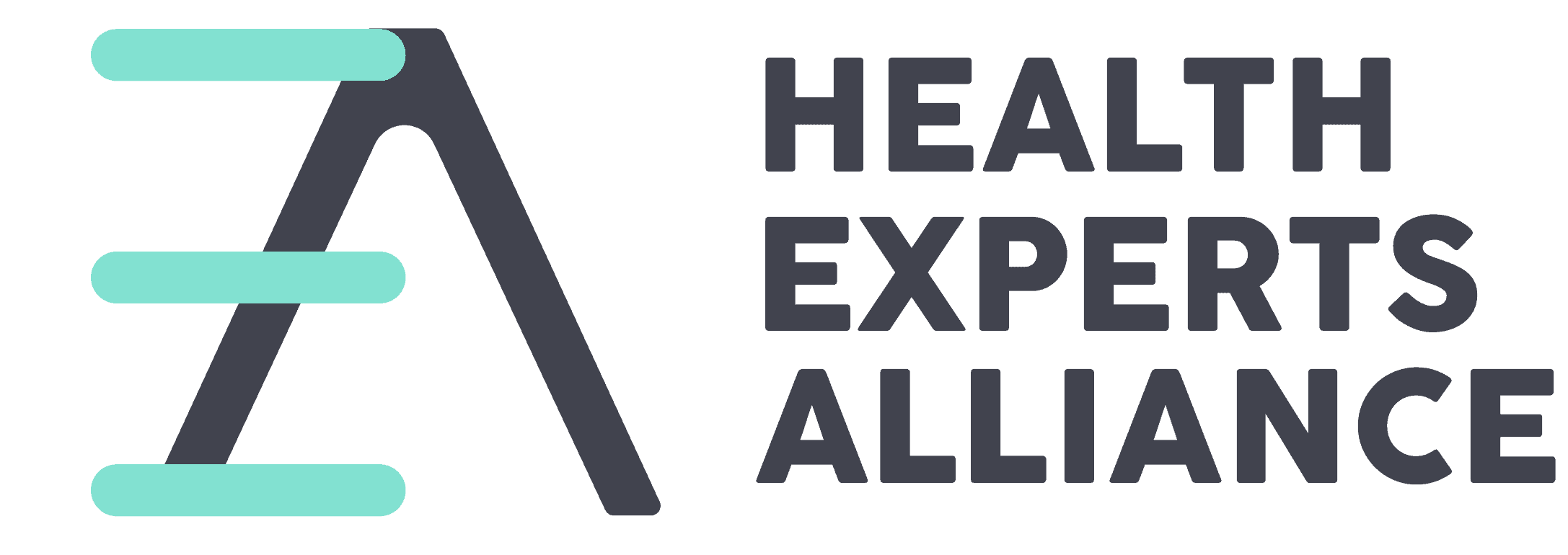
It is impossible to overestimate the significance of continuing education for practitioners in the quickly changing healthcare industry. It’s critical to stay current with the latest developments in medical technology, therapies, and procedures to deliver high-quality patient care. Healthcare professionals who pursue ongoing education not only maintain their professional competence but also get the ability to take the lead in their respective specializations. The main arguments in favor of continuing education for healthcare professionals are discussed below.
Keeping Up with Rapid Advances in Medicine
The rate at which medical research is developing is astounding. The best practices of today might not be relevant tomorrow. Healthcare professionals may keep up with the newest advancements in their industries by investing in continuing education. Research indicates that in order to guarantee practitioners can provide care based on the most recent evidence, continuous education is required due to the rapid changes in medical knowledge.¹ This ongoing process of learning makes it easier to apply new information in clinical situations.
Enhancing Patient Care and Outcomes
The ultimate objective of lifelong learning is to enhance patient care. Regular educational activities by healthcare practitioners can help integrate the most recent research results into patient care, which can enhance patient outcomes. By enhancing their knowledge and abilities through ongoing education, practitioners may guarantee that their patients will receive the best possible treatment.²
Meeting Professional Requirements and Enhancing Career Growth
As a condition of their license and certification, practitioners in many healthcare professions are required to engage in continuing education. These specifications guarantee that healthcare professionals uphold the greatest standards of care and remain competent. Furthermore, career advancement chances are provided by continuing education, which enables practitioners to specialize in new fields, assume leadership roles, or advance in their professions.³
Want A Proven Blueprint to Add Multiple Streams of Revenue to Your Practice?
Discover how to integrate virtual, brick & mortar, and residual income strategies into a single lucrative health care business. Click Here to Watch the FREE Training
Adapting to Changes in Healthcare Delivery
The delivery of healthcare is undergoing ongoing change due to a variety of variables, including regulatory changes, patient expectations, and technological improvements. Continuing education makes it easier for practitioners to adjust to these changes, ensuring that they can successfully handle new opportunities and overcome obstacles. For instance, the use of digital health tools and telemedicine in practice has grown in significance, and ongoing education offers the expertise required to successfully apply these technologies.⁴
Fostering Interprofessional Collaboration
A team approach is being taken more and more in the healthcare industry, with different specialists collaborating to deliver all-encompassing treatment. To ensure that healthcare teams can effectively collaborate across disciplines to obtain the best outcomes for patients, continued education is essential in developing interprofessional collaboration. Collaborative skills-focused educational initiatives are critical to enhancing patient care and teamwork.⁵
Conclusion
Healthcare professionals who want to give their patients the finest care possible must pursue ongoing education. You can make sure you stay at the forefront of your profession by learning more about the most recent advancements in your niche, developing your abilities, and adjusting to changes in the way healthcare is delivered. Investing in continuing education is a commitment to continual learning and growth, which eventually improves patient outcomes and promotes professional fulfillment. It goes beyond simply fulfilling professional standards.
If you’re currently looking for an option for continuing education, schedule a call with us to find out if our longevity certification program could be the perfect next step for you! We’re here to help.
References
- Miller, G. (1967). Continuing Education. Journal of the American Psychiatric Nurses Association, 10, 233 – 235. https://doi.org/10.1175/1520-0477-79.11.2581.
- Steeves, L. (1965). THE NEED FOR CONTINUING MEDICAL EDUCATION.. Canadian Medical Association journal, 92, 758-61 . https://consensus.app/papers/need-continuing-medical-education-steeves/e6560b565ddf53bdb08c8c29ea27af54/
- Werth, P. (1996). CONTINUING EDUCATION. Australasian Chiropractic & Osteopathy, 5, 1 – 7. https://doi.org/10.1175/1520-0477-79.2.348.
- Davidoff, F. (1997). Continuing medical education resources. Journal of General Internal Medicine, 12, S15-S19. https://doi.org/10.1046/j.1525-1497.12.s2.2.x.
- Headrick, L., Wilcock, P., & Batalden, P. (1998). Interprofessional working and continuing medical education. BMJ, 316, 771 – 774. https://doi.org/10.1136/bmj.316.7133.771.
Discover How Health Practitioners Are Quietly Doubling their Businesses By Tapping Into The Multi-Trillion Dollar Longevity Industry
(Hint: It’s Easier Than You Think)
Related Articles
Longevity as a Leadership Tool: Attracting High-Performing Patients and Building a Thought Leader Brand
LongevityIn today’s health economy, leadership isn’t measured by how many patients you see or how many certifications line your wall. It’s defined by your ability to influence, educate, and attract a future-focused audience. If you're looking to expand your impact...
Longevity Meets Lifestyle: Why Partnering with Wellness Brands Can Expand Your Reach
LongevityThe future of healthcare isn’t confined to exam rooms or virtual consultations. It’s being shaped by community, culture, and connection. And one of the smartest ways to grow your longevity-focused practice, without burning out, is by collaborating with...
The Psychology of Longevity: Why Offering Anti-Aging Services Builds Emotional Loyalty
LongevityIn today’s healthcare landscape, delivering great clinical results is only part of the equation. What really drives long-term patient relationships is emotional connection. When you introduce longevity-focused services into your practice, you're not just...
Don’t Miss a Single Blog
Sign up for our newsletter and get alerts every time a new blog is posted.




